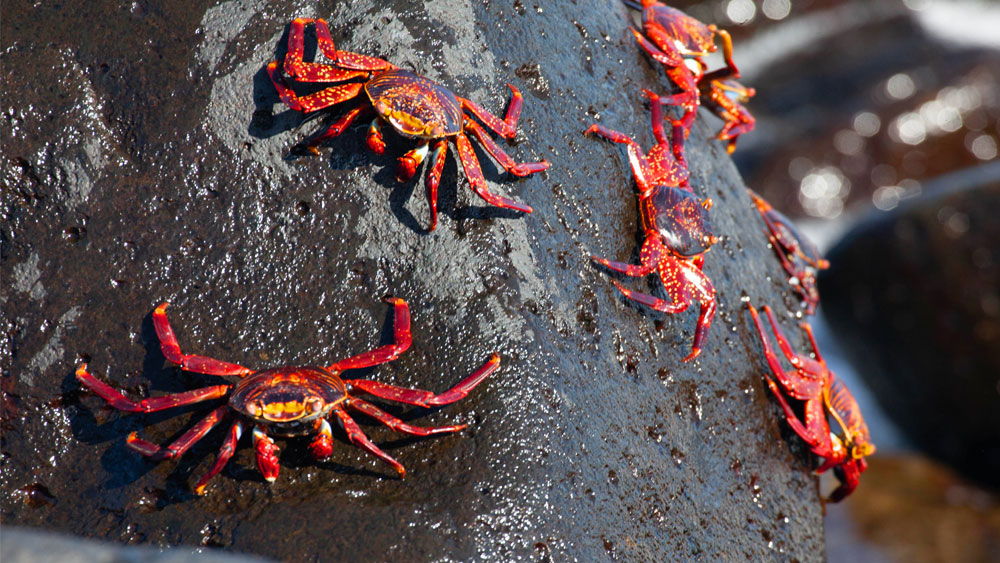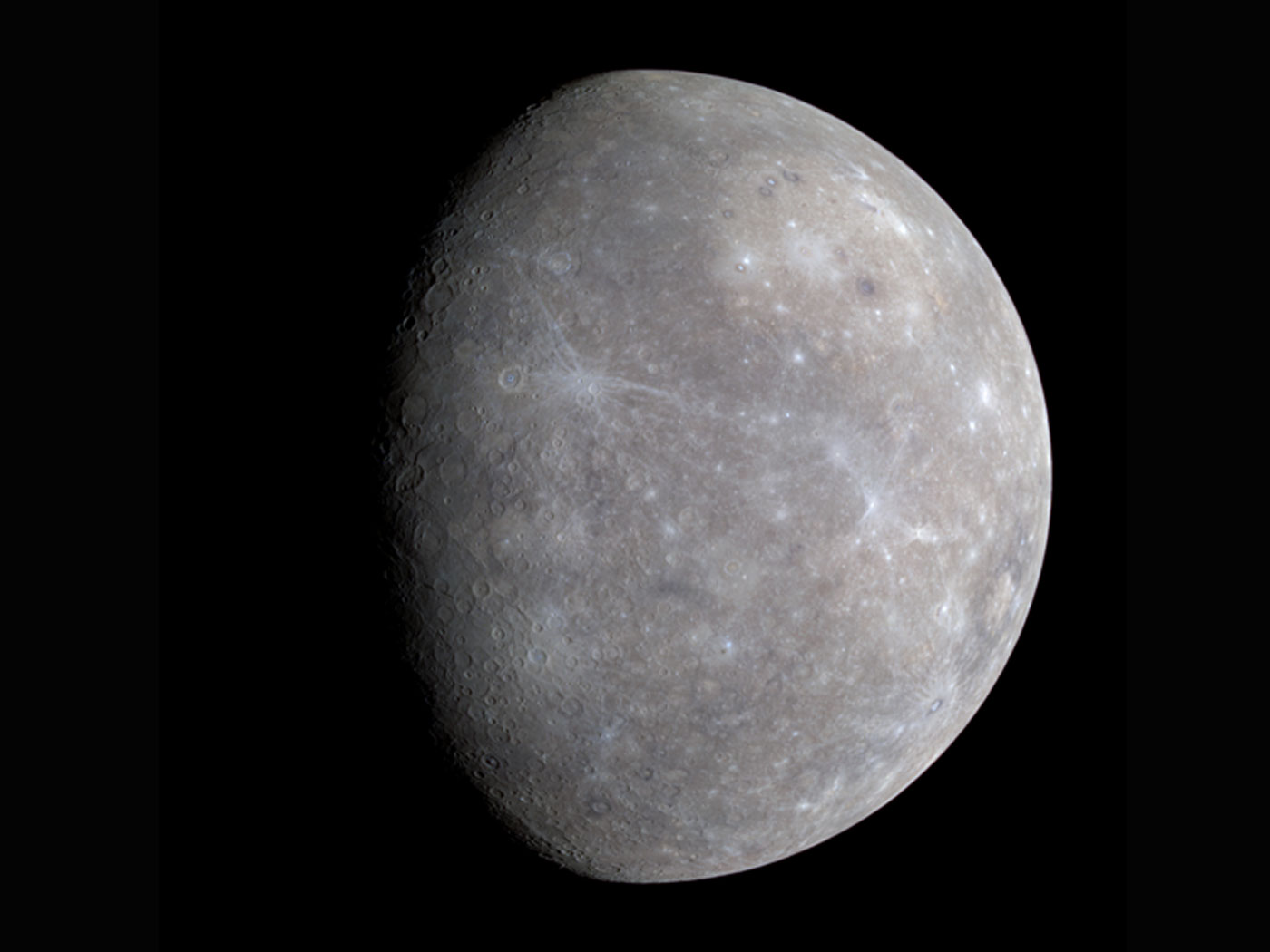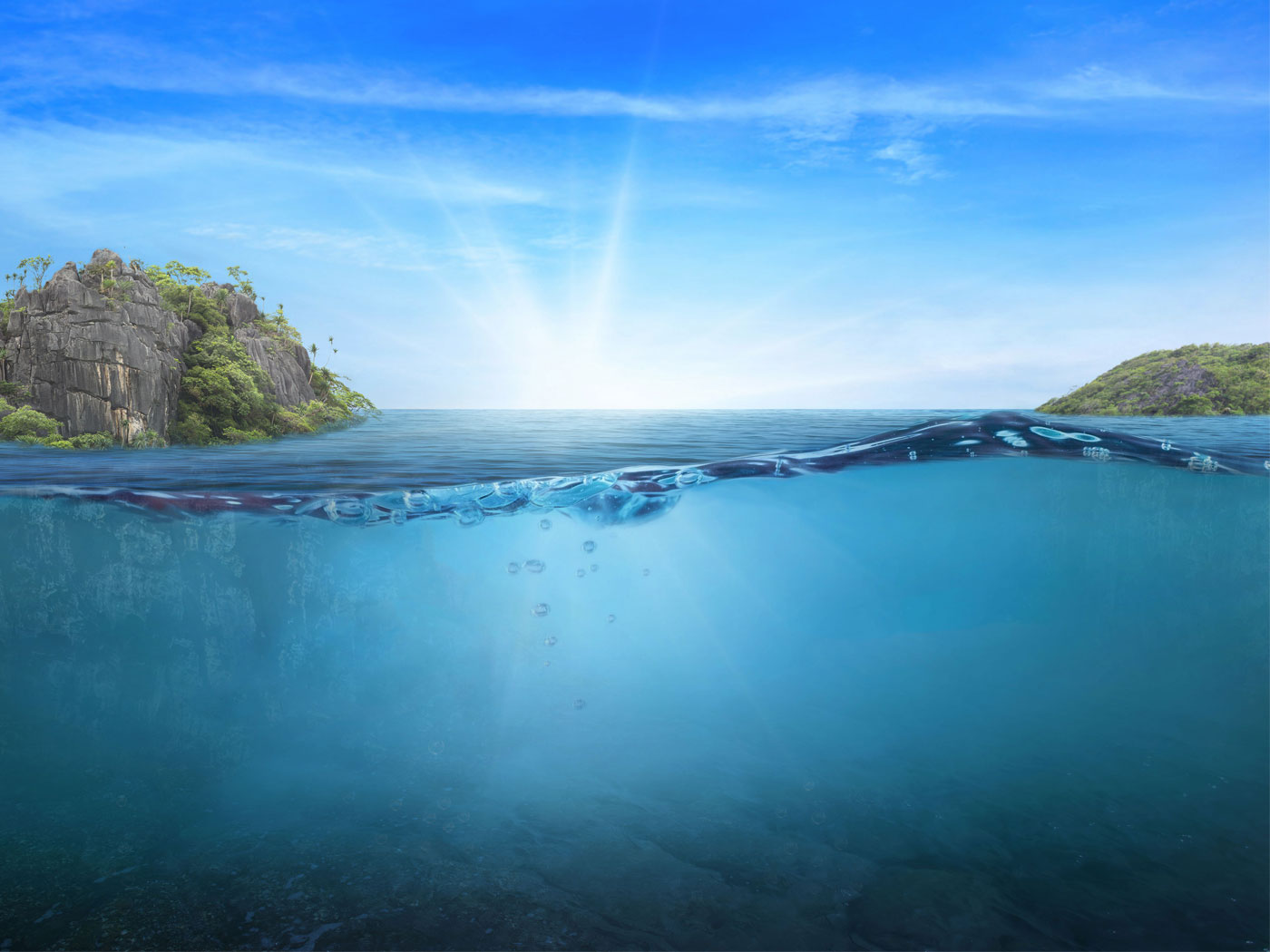A recent scientific study came out addressing the genetic flexibility of a group of invertebrates called the crustaceans (crabs, barnacles, shrimp, and lobsters).
In the rock record, the lowest appearance of crustaceans “are known from Cambrian rocks”1 and are 100 percent crustacean. Their evolutionary relationships are highly questionable with five zoologists stating, “Crustacean phylogenies using molecular characters differ considerably from those based on morphological characters.”2
A science writer stated, “Crabby bodies are so evolutionarily favorable, they've evolved at least five different times.”3 If these evolutionary changes are caused by non-random mutations as most of us are taught, then why isn’t this process still happening?
A specific group called the decapod crustaceans has been designed by Jesus Christ with at least five different body plans to move in and fill various ecological niches in the seas. This plasticity is what evolutionists call carcinization, “Carcinization is an example of a phenomenon called convergent evolution, which is when different groups independently evolve the same traits.”3 It should be noted when evolutionists don’t know the origin of traits of animals or plants, convergence4 is invoked. Convergence challenges the hypothesis that similarity is the result of common ancestry and also poses a challenge for phenetic classification (the total observable appearance of an organism). When it comes to building the infamous evolutionary tree of life, convergence causes problems: “Reconstruction of phylogenetic trees is limited by the phenomenon of convergence.”5
Regardless, three evolutionists writing in BioEssays stated,
A fundamental question in biology is whether phenotypes can be predicted by ecological or genomic rules. At least five cases of convergent evolution of the crab-like body plan (with a wide and flattened shape, and a bent abdomen) are known in decapod crustaceans, and have, for over 140 years, been known as “carcinization.”6
“So why do animals keep evolving into crab-like forms?”3 This is asked because evolutionists maintain there are unlimited genetic abilities for creatures to change. The real answer is there’s a limited amount of genetic latitude when it comes to the variability in the decapod crustacean’s genome. They keep “evolving” into crab-like forms because of the basic decapod crustacean body plan cannot change.
Javier Luque, a senior research associate in the Department of Zoology at the University of Cambridge, states that carcinization "means that evolution is flexible and dynamic."3 But such flexibility appears to be engineered and is not caused by the environment. This is not real evolution, it’s just minor variation within the created kind.
Creationists maintain there are natural limits to biological change. Indeed, two evolutionists ask, “Why species do not enlarge their ranges indefinitely, by incrementally adapting to conditions farther and farther away, is a major question in evolutionary biology?”7 The design of animals (and plants) allows them to relate to their environment and make minor changes through appropriate innate self-adjustments placed there by the Creator.
Indeed, the creation concept of continuous environmental tracking (CET) is alluded to when an evolutionist stated, "We think that the crab body plan has evolved so many times independently because of the versatility that the animals have," Javier Luque said. "That allows them to go places that no other crustaceans have been able to go."3 They have genetic versatility giving them the divinely engineered ability to move in, adapt, and fill new niches. But they are still crabs.
To conclude, phenotypes can be predicted by genomic, not ecological (environmental) rules. Jesus has designed the crustaceans with the inborn, engineered ability to detect and relate to their environment and make minor changes to fulfill His command to fill the earth.
References
- Allaby, M. 2020. Oxford Dictionary of Zoology. 5th ed. Oxford University Press.
- Hickman, C. et al. 2020. Integrated Principles of Zoology. 18th ed. McGraw-Hill Education. 447.
- Hamers, L. Why do animals keep evolving into crabs? Live Science. Posted on livescience.com. May 29, 2023, accessed June 20, 2023.
- Guliuzza, R. 2017. Major Evolutionary Blunders: Convergent Evolution Is a Seductive Intellectual Swindle. Acts & Facts. 46 (3).
- Hautier, L. et al. 2015. Grades and clades among rodents. Evolution of the Rodents. Cambridge University Press. 293.
- Wolfe, J. et al. 2021. How to become a crab: Phenotypic constraints on a recurring body plan. BioEssays. V 43, Issue 5.
- Futuyma, D. & M. Kirkpatrick. 2017. Evolution. 4th ed. Sinauer Associates.
* Dr. Sherwin is science news writer at the Institute for Creation Research. He earned an M.A. in zoology from the University of Northern Colorado and received an Honorary Doctorate of Science from Pensacola Christian College.





















